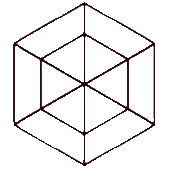685 words
Parent: T.00_ED_TEXTUAL HOLOGRAM: PRESENTATION
DIGITAL SUBLIME
Source: Elie During, “Ikeda, or subliminal time”, in Ryoji Ikeda (ed.), continuum, Pliezhausen: Éditions Xavier Barral, 2018.
It has been said, and often repeated, that Ryoji Ikeda’s artistic work incarnates a new sublime. According to the remarks of philosopher Akira Asada, the artist proposes “a new techno version of sublimity” (“A conversation between Akira Asada and Ryoji Ikeda”, in Ryoji Ikeda +/− [ the infinite between 0 and 1], Tokyo: Esquire Magazine Co., 2009, p. 121). What we are dealing with is certainly a quantitative, and even a mathematical, sublime, especially if we think of the artist’s fondness for this field. Beyond the material forms of coding, recoding, overcoding, of compression and decompression, of cataloguing and classification (all data is virtually “metadata”), but also beyond the visual profusion across which the ostensibly inexhaustible resources of digital technologies express themselves, there are structures and intuitions of a geometric, algebraic and topological order that we must try to rediscover. On this point, the artist is absolutely clear: contrary to a massive tendency within the field “generative computer art”, his aim is not to stage the unfolding of sensible figures or motifs on the scale of more or less monumental installations; it is not a question of probing the plasma or the digital ether in order to extract “superpatterns”. Bill Viola noted, nearly forty years ago, that what is interesting about Data Space is of course that it does not at all function according to the model of the archive, a receptacle of virtually available information, nor is it reducible to a new medium in the habitual sense of the term, a medium whose plastic properties it would suffice to exploit in order to obtain sleek and polished visual effects. He quite correctly explained that we had to deal with an entirely unprecedented type of environment, similar to the cosmic background radiation, to the deaf activity of our neural synapses, or even to the “noise” recorded by a video camera filming nothing (Bill Viola, “Will There Be Condominiums in Data Space?”, Video 80 5, 1982). In other words, Data Space is above all characterized by its latent activity, by its mechanical, algorithmic potential whose lines of code (and even operative calculations) are merely a tangible, immediate aspect. It is a virtual space, thus an abstract one, similar to what a physicist would describe as a space of configurations or a space of phases: it envelopes a whole spectrum of possibilities and even multiple and superimposed orders of possibilities. This is also why it is essentially a temporal medium. The time of implicit activity – the underlying “computation” buried in the black box – is here a dimension equally important as that of the figure or sensible space. Indeed, it is itself the very condition of any sensible space.
At this level of abstraction, the artistic stakes ought to be reformulated. Ikeda ceaselessly returns to this in his interviews and his texts: the visual seductions of computer graphics are a temptation against which we need to defend ourselves. If it were a question of producing a new sublime attuned to the experience of digital fluxes, we would only need to intensify the vertigo induced by the bombardment and saturation of digital information; the aesthetic benefit would be quite clear, but overall somewhat insignificant. We would be dealing with an exalted or anxious staging of the universal network in which everyone already imagines themselves immersed. It is true that we are engulfed in such a network in proportion to our involvement with the technological devices sustaining our day-to-day activities. But the real issue is not to successfully provide an aesthetic equivalent to this baseline situation and come to relish it through a choreography or a symphony of more or less programmed effects. Ikeda warns us against the lure of “ostentatious simulations”, and he adds in this regard that we may as well contemplate the clouds in the sky, thus sparing ourselves a good deal of effort.
Links
︎ egs.edu/biography/elie-during ︎ parisnanterre.fr/m-elie-during--697698.kjsp
From the same writer
T.00_ED_TEXTUAL HOLOGRAM: PRESENTATION T.01_ED_FOLDS AND PIXELS T.02_ED_DIGITAL SUBLIME T.03_ED_MATHEMATICAL SUBLIME T.04_ED_IMMANENT SUBLIME T.05_ED_NEXUS T.06_ED_KINKED CLASSICISM T.07_ED_LOOSE COEXISTENCE T.08_ED_FLOATING TIME T.09_ED_FLOATING SPACE T.10_ED_RETRO-FUTURES T.11_ED_EXITING VIRTUAL REALITY T.12_ED_BULLET TIME T.13_ED_GHOST TIME T.14_ED_SUBLIMINAL TIME T.15_ED_DIAGRAMS OF COEXISTENCE T.16_ED_VOLUME-IMAGE T.17_ED_VERTICAL TIME T.18_ED_TURNING MOVEMENTS T.19_ED_SUPERTIME T.20_ED_PROTOTYPE T.21_ED_ZERO-G ARCHITECTURE T.22_ED_SHOCK SPACE T.23_ED_TRANSPARENCY






